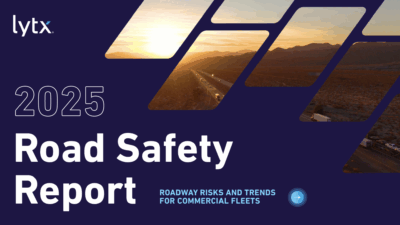Drones in Security: Enhancing Perimeter Protection in Large Facilities.
Large facilities, from sprawling industrial complexes and manufacturing plants to logistics hubs and government installations, present unique security challenges. Their extensive perimeters, numerous access points, and often complex layouts make traditional security measures, such as static cameras and human patrols, inherently limited. However, the advent of drone technology is revolutionizing perimeter protection, offering a dynamic, cost-effective, and highly efficient solution to these evolving security needs.
Drones, or Unmanned Aerial Vehicles (UAVs), are increasingly being deployed in security operations for their unparalleled ability to provide aerial surveillance, conduct rapid patrols, and significantly enhance emergency response in large facilities.
Surveillance: A Bird’s-Eye View of Comprehensive Coverage
One of the most significant advantages of drones in security is their capacity to offer comprehensive aerial surveillance, eliminating the blind spots that often plague traditional security systems.
- Expansive Coverage and Blind Spot Elimination: Drones equipped with high-resolution cameras, often including 4K HD and thermal imaging capabilities, can quickly scan vast areas. This elevated vantage point allows security personnel to monitor extensive perimeters, entry and exit points, and even hard-to-reach or hazardous zones that would be difficult or dangerous for human patrols. Thermal imaging is particularly valuable for nighttime surveillance or in conditions of low visibility, enabling the detection of heat signatures from intruders, even in complete darkness or through foliage.
- Real-time Monitoring and Situational Awareness: Drones stream live video feeds directly to security control rooms or even mobile devices, providing real-time situational awareness. This immediate visual feedback is crucial for prompt decision-making. AI-powered analytics integrated with drone systems can further enhance this by detecting anomalies, distinguishing between humans, vehicles, and animals, and even identifying suspicious behavior, triggering immediate alerts to security teams. This allows for proactive threat detection, identifying potential risks before they escalate.
- Proactive Deterrence: The visible presence of patrolling drones acts as a powerful deterrent to potential intruders. Their unpredictable flight patterns and continuous monitoring capabilities make unauthorized access more challenging and increase the perceived risk for trespassers.
Patrols: Automated Efficiency and Rapid Deployment
Drones are transforming routine security patrols, offering a more efficient and adaptable alternative to traditional ground-based methods.
- Automated and Dynamic Patrols: Drones can be programmed for autonomous patrols, following pre-defined flight paths to ensure consistent and reliable surveillance of the entire perimeter. These automated patrols reduce the reliance on extensive human manpower, leading to significant cost savings. Patrol routes can also be easily adjusted to accommodate changing layouts or new security priorities.
- Quick Identification of Vulnerabilities: During patrols, drones can swiftly identify vulnerabilities such as damaged fences, open gates, or unauthorized vehicles, providing immediate alerts to security personnel. This proactive identification of security gaps allows for timely intervention and corrective measures.
- Versatility in Challenging Environments: Drones are inherently scalable and flexible, making them suitable for facilities of varying sizes and complexities. They can operate in challenging environments, including those with rugged terrain or hazardous conditions, without putting human personnel at risk. Tethered drones, for instance, can provide continuous, uninterrupted monitoring over a fixed location for extended periods, as they remain connected to a ground power source.
Emergency Response: Swift Assessment and Coordinated Action
In the event of a security breach or emergency, drones significantly enhance response capabilities, facilitating faster assessment and more coordinated action.
- Immediate Deployment: When an alarm is triggered or suspicious activity is detected, drones can be dispatched to the exact location within minutes, providing real-time visuals to the command center. This immediate aerial assessment allows security teams to quickly understand the scope and nature of the incident.
- Tracking and Following Intruders: Drones can track and follow intruders, providing continuous visual intelligence until ground teams arrive. This capability is invaluable in preventing suspects from escaping and in guiding ground personnel to their precise location.
- Damage Assessment and Hazardous Area Monitoring: In emergencies such as fires, chemical spills, or natural disasters, drones can provide a rapid assessment of damage, identify hot spots using thermal imaging, and monitor hazardous zones without exposing human responders to danger. This real-time data helps emergency services plan and execute their response more effectively, prioritizing resources and ensuring the safety of personnel.
- Improved Coordination: The live video feeds and data collected by drones can be shared seamlessly with multiple agencies and responders, fostering improved inter-agency coordination and a more unified response effort.
The Future of Perimeter Protection
The integration of drone technology into security strategies for large facilities represents a significant leap forward. Beyond the immediate benefits of enhanced surveillance, rapid patrols, and improved emergency response, drones offer long-term cost efficiencies by reducing the need for extensive physical infrastructure and manpower. As drone technology continues to evolve, with advancements in AI, longer flight times, and swarm intelligence, their role in ensuring robust and proactive perimeter protection will only expand, making facilities safer and more secure than ever before. Sources


















